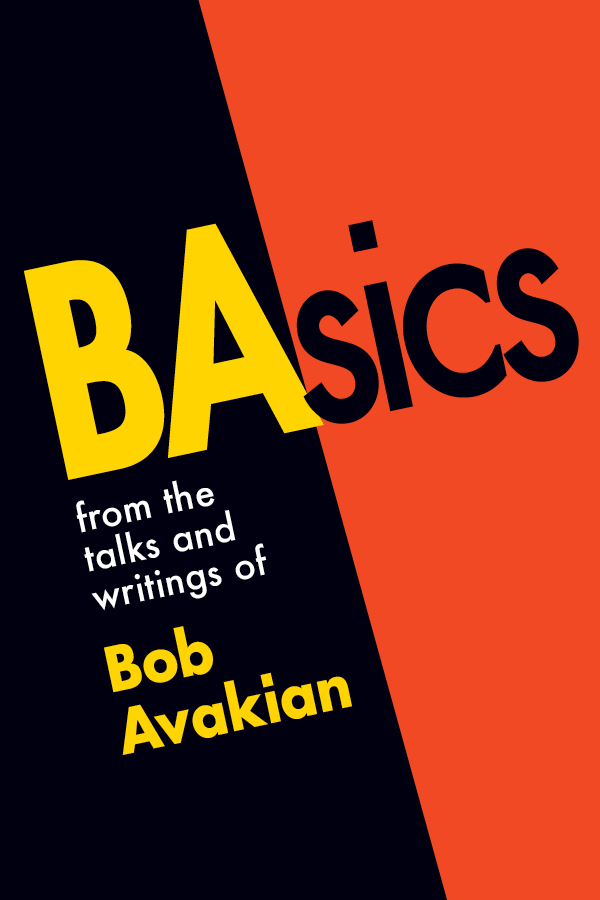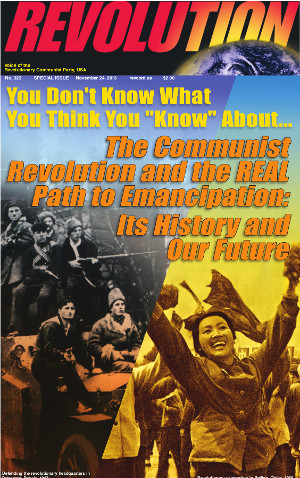Baltimore: Where Did the Jobs Go, and Why?
May 11, 2015 | Revolution Newspaper | revcom.us
With the vicious police murder of Freddie Gray, the uprising and protests, some light is being shined on the situation for poor and Black people in Baltimore.
Baltimore is the sixth poorest city in the United States. Its population of over 600,000 is 63 percent African-American. The city’s poor, Black neighborhoods bear the scars of decades of impoverishment and government neglect: row after row of vacant houses boarded up, abandoned buildings interrupted by empty lots, run-down apartments, lots of liquor stores but few if any stores with fresh vegetables and fruit. Unemployment is high, especially among the youth. People have been hit with cutbacks in food stamps, low-cost health care and other social services. On any given night, there are at least 3,000 homeless people in the city. (Health Care for the Homeless, hchmd.org)
The situation is a scandal. How did things get to be this way? And what is the solution?
Sandtown-Winchester
In the Sandtown-Winchester section of Baltimore, life expectancy is the same as in Iraq and Kazakhstan. The rates of unemployment and poverty are at around 50 percent and about double those of the city as a whole. Lead-paint violations were four times the city average, as was the percentage of boarded up buildings—over 30 percent of the residential properties are vacant or abandoned. Median income is only $24,000 a year, which is under the federal poverty level for a family of four. (New York Times, April 28, 2015)
Ralph Moore, who grew up in Sandtown-Winchester and works at a shelter for homeless youth, said, “People want to work and live in a house that’s not going to fall down around them and is not infested with rats. They want a normal life—they want what everybody else wants, and they don’t seem to be able to get any closer to that.” (New York Times, May 3, 2015)
Today, Sandtown-Winchester has more residents in jails and prisons than any other neighborhood in the city.
Where Did the Jobs Go? And Why?
In 1950, Baltimore was the sixth-largest city in the country, home to 950,000 people. Manufacturing, most especially the production of steel, provided 75 percent of all jobs to workers in the region. Baltimore had a booming economy, based in large part on the steel industry. Bethlehem Steel came to the city in the early 1900s, setting up the huge Sparrow Point mill. The steel industry peaked during World War 2, but then after the war companies began to seek cheaper steel production in other parts of the country and in other countries. This is how in cities like Baltimore tens of thousands of jobs “disappeared.” From the 1950s to 2000, the city lost more than 100,000 manufacturing jobs. The industrial workforce was depleted by 75 percent.
Now it’s not like when Black people had factory jobs in Baltimore there wasn’t vicious exploitation and oppression. In this issue, Carl Dix talks about the New Jim Crow-type conditions in the Baltimore steel mill where he worked in the 1970s. He recounts how Black workers were segregated and given the most dangerous and dirtiest jobs. (See: “Carl Dix on Working at Segregated Sparrows Point Steel Mill.”)
But now things are even worse. From 1970 to 2010, the number of high-poverty neighborhoods in Baltimore increased from 38 to 55. ("City Report: Lost in Place," at CityObservatory.org)
Ruling class voices, like Obama, the mayor of Baltimore, and bourgeois media mouthpieces call the people “thugs.” At the same time, they make vague promises about bringing back jobs. And from other perspectives, but still stuck in the basic mindset of the system, different voices propose various schemes and projects to bring jobs back to Baltimore.
But these so-called “solutions” don’t get to the ROOT cause of the problem. This oppressive situation didn’t spring up overnight or because of some kind of “culture of poverty” or because the people just don’t work hard enough. There are deep reasons and dynamics behind them that reside in the very nature of capitalism.
The driving force behind the capitalist-imperialist system we live under is profit. And in today’s world, the dynamics of this on a global scale have profoundly affected the situation in cities like Baltimore. The reason Black youth in Baltimore don’t have jobs isn’t about them needing to “pull up their pants” or “stay in school.” It’s because the laws of this system dictate that in the globalized economy different capitalists are competing with each other, constantly finding ways to cut costs, chasing after higher profits—in order to even stay in the game.
This constant hunt for ways to make more profit is what’s been behind the dynamic of the de-industrialization of U.S. cities, where factories have closed down, taking away tens of thousands of jobs. Those steel companies moved out of Baltimore to areas of the planet where workers can be more viciously exploited, and where investment is more profitable, because they had to or they would have gone under.
And the same laws that resulted in this de-industrialization are the same laws that still are in command, which means those jobs are NOT coming back.
Today, this system looks at the millions and millions of poor Black and Latino youth as just “surplus” that it cannot exploit in a profitable way. It looks at this section of society as a volatile force that has to be controlled and suppressed. This is why you’ve got stories of police brutality and murder in Baltimore that have piled up for decades and generations—with the system set up to let the cops who murder go free time after time.
No Future for the Youth Under This System
Jobs disappeared and what the people got was a “war on drugs,” mass incarceration, police murder and brutality. This system has no future for millions and millions of Black youth who it cannot profitably employ. Its schools are not geared to give them an education. They are not being prepared for jobs—which don’t exist anyway. The schools function more and more like pipelines to prisons, feeding America’s mass incarceration.
Datwain, a high school youth in Baltimore, talked about how it feels to go to a school where students are subjected to “lockdown” conditions: “I feel like I need a short break. They do not allow us to step outside [to] cool off. They have police walking around the school armed with guns, mace, sticks, and cuffs... treating [us] like criminals.” (Iris Kirsch, “Baltimore’s School-to-Prison Pipeline and the New Youth Jail,” November 5, 2012)
In September 2014, the Baltimore Sun revealed that in the previous four years, more than 100 people had won court judgments or settlements related to allegations of police brutality and civil rights violations. “Officers have battered dozens of residents who suffered broken bones—jaws, noses, arms, legs, ankles—head trauma, organ failure, and even death, coming during questionable arrests. Some residents were beaten while handcuffed; others were thrown to the pavement. And in almost every case, prosecutors or judges dismissed the charges against the victims—if charges were filed at all.”
The source of all this is the capitalist-imperialist system we live under—and this system with all its crimes against the people cannot be reformed, tweaked or fixed with band-aids because it is the very nature and laws of the system that give rise to all this in the first place. All these horrors can only be ended by ending this system, getting rid of it through revolution, nothing less, and replacing it with a radically different and far better system and society where these horrors could be ended once and for all. That system, a socialist society that is not driven by profit, would unleash the now-crushed energy and creativity of millions and millions to provide jobs for everyone, and to meet people’s needs.
Volunteers Needed... for revcom.us and Revolution
If you like this article, subscribe, donate to and sustain Revolution newspaper.






